
Slipping through the Cracks
We construct building enclosures to keep the elements out, but sometimes air and water infiltrate the building envelope, causing several problems for

We construct building enclosures to keep the elements out, but sometimes air and water infiltrate the building envelope, causing several problems for

The subject of this case study is the design and construction of a custom corrugated-geometry facade featuring pre-patinated copper and glass for an

ASTM E 1300 “Standard Practice for Determining Load Resistance of Glass in Buildings” defines the load resistance of a glass construction as being

Healthcare projects in northern California require specialized knowledge to navigate regulation, technological advancements, and project execution

Stainless steel has been successfully used in building envelopes since the completion of the Chrysler building in 1928. Today, it is used as both a

Connections, those transitions between systems and materials, are critically important when the surfaces are curved or complex. Well-designed

Heat transfer through building facades can occur by any combinations of conduction, convection, and/or radiation. Conductive heat transfer depends on


We have seen rapid expansion in the last decade of laminated glass design using modern analytical and computational methods. Essential to the proper

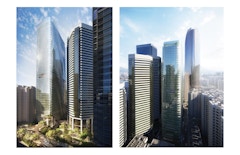
On a commercial high-rise tower project located in Hong Kong, the design team was challenged to make a facade that would beneficial to tenants with a
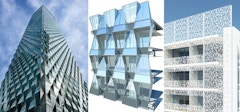
Facade design is a key component of architectural expression, and increasingly a key design consideration due to growing importance of factors like:

This paper outlines the successful implementation of digital workflows between the design team composed of Architect, Structural Engineer and Project

In 1959 Heinz Isler challenged the world of concrete shell design by proposing a series of shapes for shells that were very different from what most

In 2015, Australia’s largest embassy complex in the world was built in Jakarta, Indonesia, to provide an official residence for Australia’s permanent
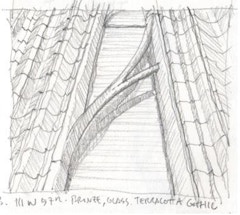
The conventional modern facade is essentially flat, which creates the tendency toward visual monotony and problems for modulating daylight—both on

Buildings account for over 40% of global emissions (GlobalABC, 2018). Growing populations and higher standards of living are increasing pressure on

This paper provides an overview of a course focusing on the façade as taught to architecture students over a twenty-year period. The need for this
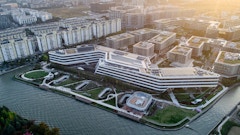
Johnson Controls (JCI), a leading provider of intelligent building technology solicited the design of a 35,000sm headquarters for its Asia-Pacific
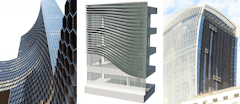
Understanding how a building will reflect sunlight has gone from a rare requirement to a key consideration during the planning permission process in